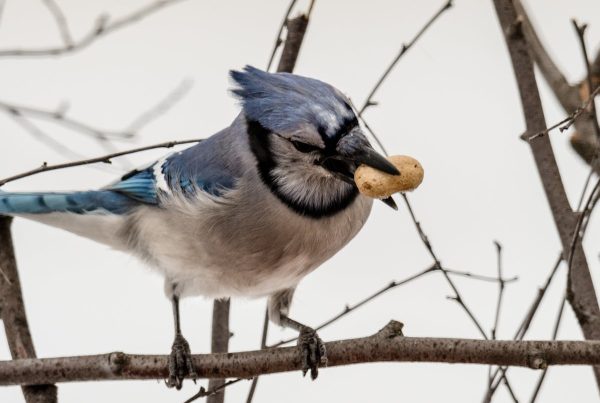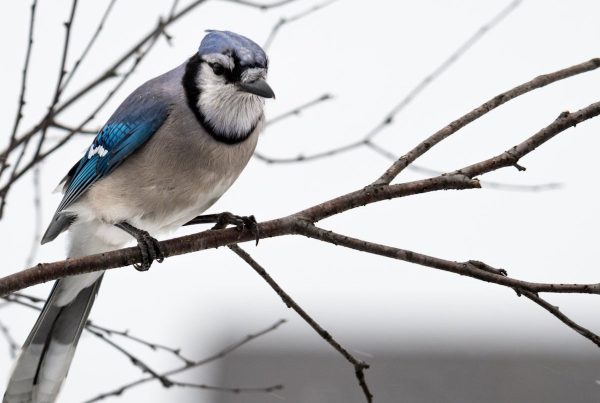
Steller’s Jay on Grass
Introducing a Bird-Steller’s Jay:
Steller’s Jay, a familiar western landscape’s fowl. Steller’s Jay mostly lives in thick conifer forests found on mountain tops and the northwest coast. It travels in flocks, but nests alone. The birds often cross clearings in a single line, one by one. They make low shook-shook calls as they swoop up to roost in a tall pine.
Steller’s Jays are often found in forests. They also visit campgrounds, parks, and backyards. They quickly notice bird feeders and leftover picnic food. While patrolling the woods, Steller’s Jays stay high in the canopy. You’ll hear their harsh, scolding calls if they’re close by.
📝Basic Info:
- Binomial Name: Cyanocitta stelleri
- Lifespan: 16.1 years (wild)
- Size: 12-13 inches
- Weight: 3.5-4.9 ounces
- Wingspan: 17.7–18.9 inches
Steller’s Jay Range and Habitat:
Steller’s Jays are large, dark birds found in the coniferous forests of the West. They thrive in the wilderness of mountainous regions. They are also common in campgrounds, parks, and backyards. They quickly learn to watch for bird feeders and unattended items on picnic tables.
Steller’s Jays inhabit coniferous and mixed-coniferous forests. They live in dry pine-oak forests in the southwestern U.S. and Mexico. They usually live at heights between 3,000 and 10,000 feet. You can find them mainly in the lower evergreen forests of the Pacific coastal foothills.
Steller’s Jay in the backyard:
To entice Steller’s Jays to your feeders, provide peanuts or other large seeds and nuts, as well as suet. If you see jays hogging your feeders and grabbing lots of seeds, they may be stashing some away. They do this to save food for winter.

Steller’s Jay
Steller’s Jay Breeding:
Steller’s jays mate in monogamous pairs. The female incubates the clutch in full for about 16 days. During this time, the male feeds the female. While they are loud day and night, during nesting they are quiet so as not to attract attention.
The nest is usually in a conifer, but sometimes is made in a hollow in a tree or under the eaves of a house or other building. The nest is like a blue jay’s but bigger, measuring 25 to 43 cm (9.8 to 16.9 in). It uses natural materials and some trash, often mixed with mud. During the breeding season, two to six eggs are laid. The eggs are oval with a slightly glossy surface. Eggshells are pale greenish-blue. They often have darker speckles in brown or olive.










